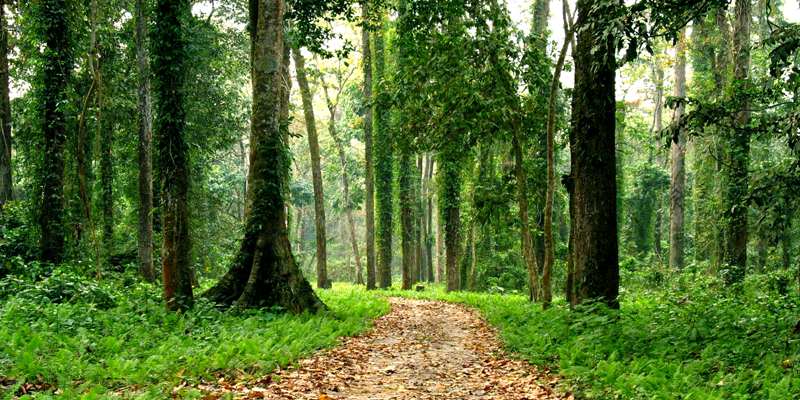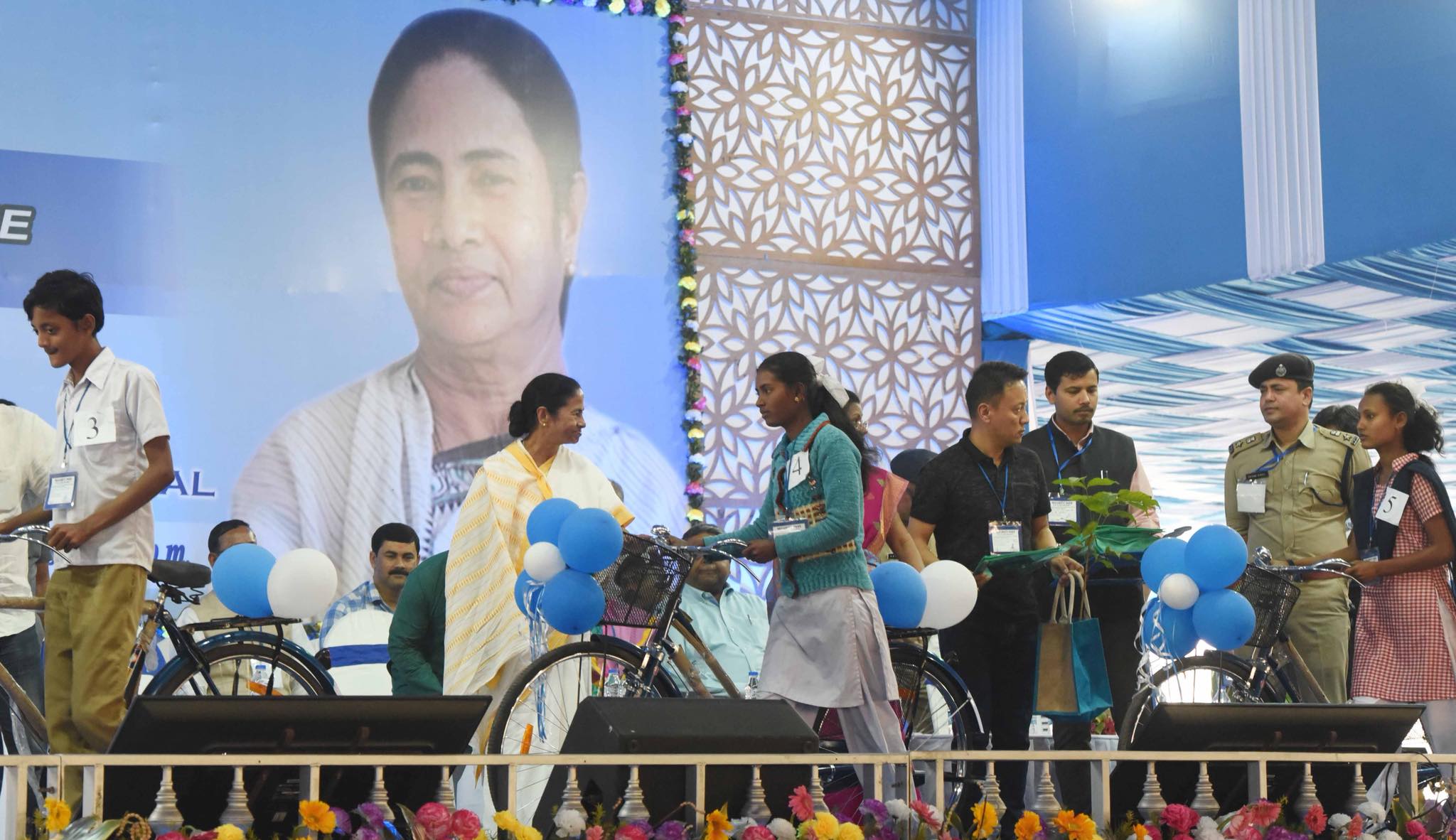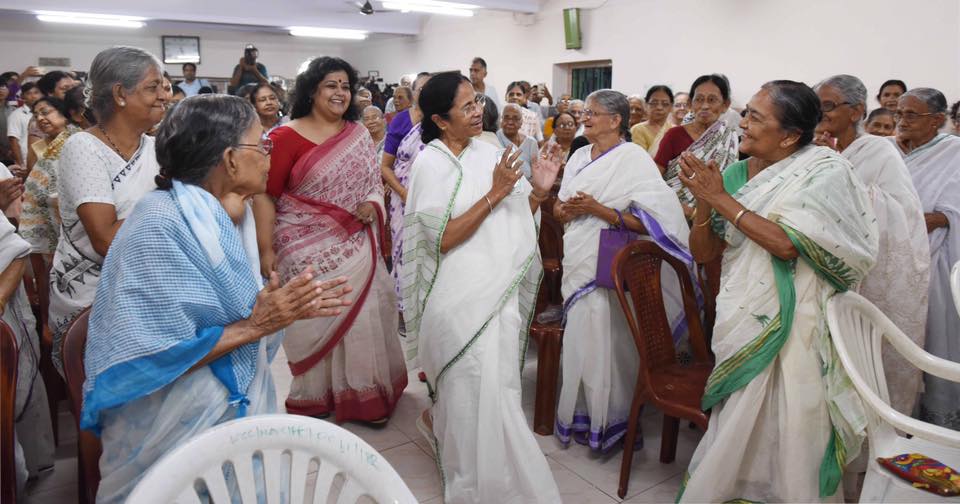The West Bengal Biodiversity Board (WBBB) has three primary objectives: conservation of biodiversity, sustainable use of biodiversity, and fair and equitable sharing of benefits arising out of the biodiversity, in addition to establishment of proprietary rights and restraining bio-piracy.
Some of the major achievements of WBBB are as follows:
- Facilitating constitution of 350 Biodiversity Management Committees (BMC) at block, municipality and municipal corporation levels; more are in the offing
- Through the BMCs, constitution of 120 People’s Biodiversity Registers (PBR) for documentation of biodiversity and associated traditional knowledge and practices; more are being constituted
- Documentation of traditional rice varieties (TRV) and registering them in the names of farmers’ communities; so far, 110 TRVs have been documented, of which 12 have been registered 51 have been applied for
- Awareness generation programmes, including seminars, nature studies and field training, and special ‘bio tours’ for school students
- Bringing commercial establishments accessing bio-resources from the State under the purview of ‘Access and Benefit Sharing’ of the Biological Diversity Act; so far, 100 commercial establishments brought under purview, and 15 of the shared benefits, amounting to Rs 13,39,193, accumulated in the Biodiversity Fund of the State Government
- Publications: 10 field guide books in Bengali, Tradable Bioresources of West Bengal, three People’s Biodiversity Registers (PBR) preparation manuals in BengaliSource: Departmental Budget










